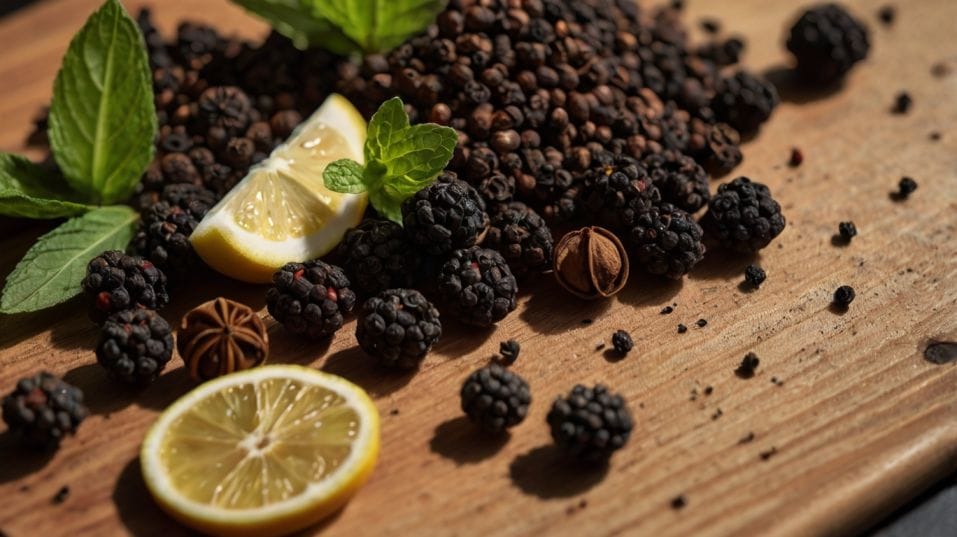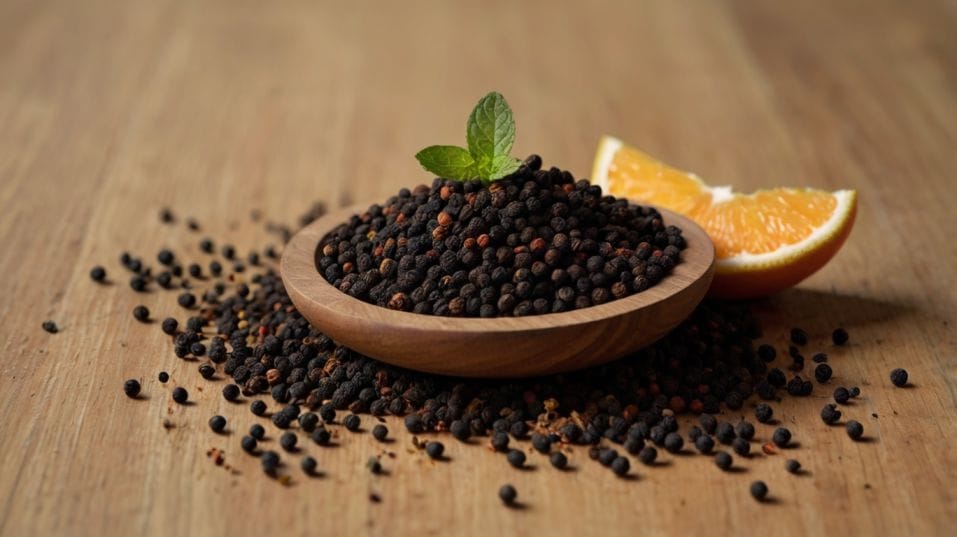10 Flavor Notes You’ll Start Noticing After 3 Bottles
Just three bottles in? Learn to taste like a pro with 10 flavor notes that unlock depth, complexity, and real confidence in every pour.

Ever wonder what changes after your third bottle of whiskey? This is when your palate starts to wake up. Sweet and smooth isn’t enough anymore—you’re picking up hints, echoes, something deeper.
That’s the moment real flavor recognition kicks in. Not because someone told you what to taste, but because you’re actually tasting it.
These ten flavor notes? They’re your next level. Learn to spot them, and whiskey stops being random—it starts becoming personal.
Barrel Wood: Beyond Just “Oak”
Most people start with oak. It’s in every whiskey, but what you’re really tasting is the treatment of the barrel. Light toasting? That leans toward coconut, vanilla bean, and gentle almond. Heavy char?
You’ll get smoke, bitter cocoa, even charcoal or espresso. French oak can add dry spice and incense-like character. American oak is creamier, with notes of toasted coconut and caramel.
Knowing how these woods behave helps you reverse-engineer the whiskey’s structure. You’ll stop thinking “oaky” and start thinking: toasted, charred, tannic, creamy, spicy—each one says something different about how the whiskey was aged.
Grain Identity: The Base Flavor DNA
Grain isn’t just about the mashbill—it’s the backbone of the flavor. Corn is rich, sweet, and round. Rye cuts through with sharpness: black pepper, spearmint, green herbs.
Wheat offers softness, breadiness, sometimes a creamy edge that smooths out rougher notes. Malted barley contributes depth: roasted nuts, chocolate, a subtle musty funk.
As you taste more, you’ll sense when a distiller is showcasing a grain versus burying it under wood. You’ll also start guessing mashbills with accuracy—and knowing exactly why one bourbon hits harder than another.

Funk: The Cult Flavor You Didn’t Know You Loved
Not every whiskey has funk—but when it does, it’s unforgettable. Funk lives in the corners: old leather, barnyard, humid cellar, ripe banana, overripe pineapple.
It’s the byproduct of long fermentation, wild yeast strains, and—sometimes—neglected barrels that turned out great by accident. Funk makes a whiskey feel alive. Once you recognize it, it becomes a craving.
If you ever taste a bottle that smells like fermented fruit and antique wood at the same time, congratulations: your palate has graduated into the weird and wonderful.
Citrus: The Hidden High Notes
Most people miss citrus in whiskey unless it’s loud. But the good stuff doesn’t shout—it hums. You’ll find lemon zest in delicate high-ryes, orange oil in well-aged bourbon, even grapefruit or bergamot in malty scotch.
Citrus brings lift and brightness. It’s a sign of balance—especially in older whiskeys where too much oak can drag everything down. Start looking for it on the nose, then again mid-palate. When citrus shows up, everything else sharpens around it.
Herbal Notes: Structure Without Sweetness
There’s a whole layer of flavor that lives between spice and bitterness: the herbal zone. Dill and mint are the obvious rye markers. But go deeper.
You’ll find bay leaf, green tea, eucalyptus, even thyme or anise hiding in complex whiskeys. These aren’t the crowd-pleasers—they’re structural flavors that give whiskey lift and dimension.
Herbal notes often separate well-crafted spirits from overly sweet or one-dimensional pours. They’re what keep you coming back for the next sip.
Oak Spice: Not Just “Spicy”
Too often, spice gets lumped into one word: “hot.” But oak-derived spice is layered. Cinnamon oil hits differently than baking spice. Clove brings a dry, numbing note. Nutmeg can be warming and nutty, almost creamy.
These aren’t flavoring additives—they’re results of the interaction between spirit and wood over years. When you identify spice clearly, you get better at spotting age, quality, and what kind of barrel regimen the distiller used.
Sweetness: From Sugar to Sophistication
It’s easy to say “this whiskey is sweet,” but real tasting means defining the type of sweetness. Honey is soft and floral. Maple is darker, earthy, sometimes woody.
Brown sugar has depth, and molasses leans toward savory. Burnt sugar adds bitter tension.
Learn to spot these, and you’ll avoid the trap of equating sweetness with smoothness. The best whiskeys layer sweetness to complement bitterness, acid, or spice—never to cover flaws.
Floral: The Notes You Didn’t Know You Were Missing
Floral notes are delicate and often drowned out by louder flavors. But once your palate gets past the punch of alcohol and heavy oak, flowers start to bloom.
Violets. Jasmine. Heather. Rose. Even lilac. These aren’t perfume-like—they’re background notes that add elegance and finesse.
If you ever smell a whiskey and it reminds you of walking past a flower shop in the rain, that’s the floral profile speaking. Once you catch it, you start seeking it out.
Minerality: Texture and Taste Combined
Minerality is one of those tasting terms people love to hate—until they get it. It’s not metaphorical. It’s the taste and feel of wet stone, clay, chalk, or metallic spring water. It’s clean, dry, and often tied to how a spirit was distilled and cut.
If a whiskey tastes “crisp” but complex, without relying on fruit or wood for flavor, you’re probably picking up minerality. It’s more common in Scotch and some craft distillates, but once you notice it, it’s addicting.
Texture: The Unsung Element of Great Whiskey
Flavor matters—but feel is often what makes a pour unforgettable. Texture tells you everything about distillation cuts, barrel aging, and blending. Some whiskeys are oily and rich, others are tight and tannic.
Some vanish quickly; others linger with slow, mouth-coating persistence. Start asking: Does this whiskey feel creamy? Dry? Silky?
Chalky? That language helps you connect your palate to real-world technique. Collectors obsess over taste. Experts obsess over texture.
Final Thoughts
Learning to taste these notes doesn’t mean memorizing a flavor wheel. It means paying attention—to every sip, to what lingers, to what surprises you.
Whiskey stops being a guessing game and becomes a conversation. You start noticing when a bottle overdelivers or when a pricey limited edition is all bark and no nuance.
So pull something off your shelf. Taste it slower. Don’t just ask what it reminds you of—ask why it tastes that way.
Your palate’s more capable than you think. Build your collection with intention. Taste with purpose. And tonight, chase a flavor you didn’t catch the last time. This is how whiskey gets good.




